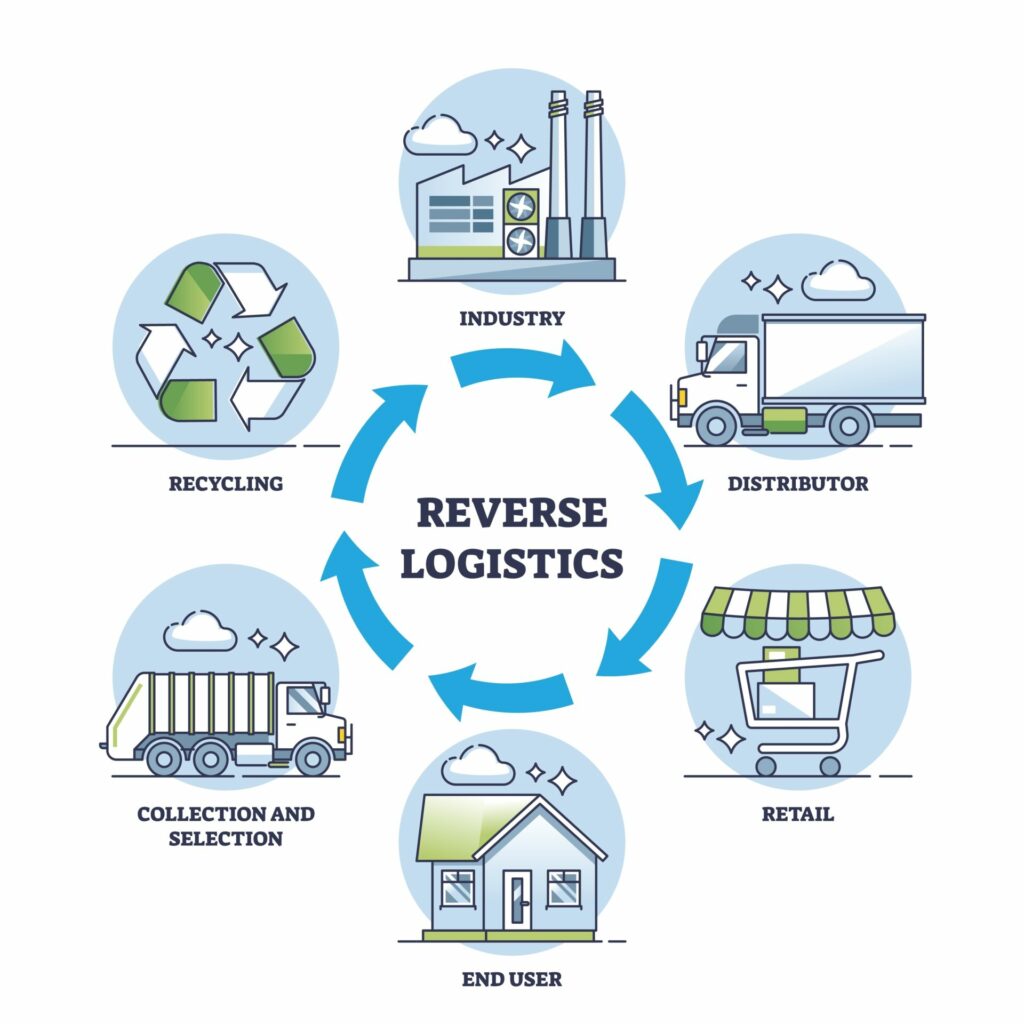In today’s digital age, it can feel as though every minute of the day there’s an influencer launching a new skincare line, a small startup on the brink of scaling its apparel store, or a working professional just beginning to develop a side hustle.
The fact is, in 2022, there are more online retailers than ever before: somewhere between 12 and 24 million. This being said, it’s likely that someone you know either works for or runs their own e-commerce brand.
Why? The 9-5 is no longer running the show. Plus now more than ever, it’s completely feasible to start your own business.
If you need some reassurance, #beyourownboss has over 5 million posts on Instagram 😉

But, the real question is – what makes a brand successful? Sure – it might be easy to create your own website and social channels for your new brand… but is this enough?
The truth is, there’s much more that goes into creating a thriving business than just setting up an e-commerce platform.
And, many business owners may be missing some key pieces of the puzzle. Out of the 12-24 million e-commerce sites that exist, less than 1 million of them make a profit of over $1,000.
So, what are the most successful brands doing differently? We’ve got some thoughts… and tips for brands looking to attract loyal customers.
Without further ado, here are three marketing techniques that are sure to keep your customers engaged, happy, and coming back time after time.
3 essential marketing strategies for your online store
1. Text your customers
When was the last time you opened a text message?
If you’re like most people, you’ve probably glanced at a new message or two within the past few hours.

Did you know of texts are read by their recipients? This alone makes it one of the most viable channels of communication for e-commerce brands.
But many brands aren’t engaging with customers via text. Instead, they’re sticking to email outreach or direct messages on social media.
However, with a well-thought-out SMS (short message service) strategy, brands can increase their odds of reaching customers directly where they already are – on their phones.
Tips for developing an SMS marketing strategy:
- Ensure your brand name is on the text. Your customers will need to know it’s you (and not just another scam!) To be totally transparent, you can add additional imagery like a branded graphic.
- Try different types of SMS. Instead of only pushing discount codes or “buy, buy, buy!” messaging via text, try a few different approaches. For example, you could send a welcome series that highlights different sections of your site or product, or points your customers to your social channels to join the community.
- Keep track of your efforts. Nothing is perfect the first time around! There’s always room for improvement, especially in e-commerce. Make sure you’re tracking metrics like engagement rate, click rate, and conversions so you can enhance your SMS each time around.
2. Invest in branded packaging
Picture this: you placed an e-commerce order online and have patiently waited for it to arrive at your doorstep.
The big day is finally here, and when you go to open your package – you’re taken by surprise.
Not only is the packaging Instagram-worthy, but there are a few extra product samples inside… and a 20% off coupon for your next purchase.

That’s – and it’s one of the best ways to connect with your customers AFTER they’ve already purchased a product.
Tips for developing a fulfillment marketing strategy:
- Have all your design assets in place. Before brands can even begin to implement their fulfillment marketing, they’ll have to understand exactly what they’re needing in terms of design. For example, if part of your strategy is to include a discount coupon, you’ll need to work closely with either in-house or external designers to prepare that print.
- Partner with a 3PL to take the load off your team. There are many moving parts when it comes to . Picking, packing, bundling, and prepping products for send-off takes quite a bit of time and energy – not to mention keeping track of which orders get what. Partnering with a 3PL who has the right warehouse management technology in place to track packaging inserts and SKUs can allow
- Don’t overdo it. It’s tempting to give your customers as many ‘extras’ as possible to make them happy when they’re opening their product – but it isn’t a sustainable strategy. Plus, in the long-run, your customers might get bored of all of the additional offers, or come to expect it and ultimately become disappointed when their expectations aren’t met.
3. Keep the conversation going, even after the purchase
Customer expectations are at an all-time high, and consumers aren’t afraid to tell you (and their friends) if their experience was sub-par.
In a nutshell, the experience of new and returning customers is everything.
To differentiate yourself from a sea of similar brands, think about ways you can connect with your audience after they complete a purchase.
This means, sharing relevant content like product offerings based on browsing history or past purchases.
Tips for developing a retention marketing strategy:
- Work on creating a community. Customers are connecting with brands on every channel possible. We’re not just talking customer service or sales inquiries. Consumers want to interact with brands on platforms like Instagram, Facebook, Twitter, and more. Developing content that drives community building will keep your customers engaged and interested, with a chance to interact with each other as well!
- Track your . Customer churn rate, customer lifetime value, net promoter score… oh my! In all seriousness, these metrics allow brands to keep a pulse on their efforts and determine whether what they’re doing is working. Track them wisely, and let the numbers point your brand in the right direction!
- Ask your audience for feedback. Communication is key when it comes to building a loyal customer base. By asking your customers for feedback, you’ll get an inside look at what they want, what they enjoy, and what they’d rather not see. Plus, starting the conversation and asking questions shows your audience that you care about their experience, and (most importantly) want to improve it.
Which marketing technique should brands use?
Long story, short: there isn’t a perfect strategy that will boost your brand above all others. In fact, every company’s strategy will look very different. It depends on your audience and your goals.
Perhaps you have an audience that prefers visual content, so you focus more on product videos, images, and a picture-perfect Instagram presence.
Companies striving for a long and healthy lifetime brand will ultimately need to take a step back and look at their marketing strategy as a whole. This includes retention marketing, fulfillment marketing, conversational marketing efforts like SMS or livechat, and more techniques.
Apart from all of the carefully curated content and products, how you interact with your customers pre-purchase and post-purchase is paramount.
How do you present their orders to them?
How can you reach them right where they are?
Perhaps the most important question is – what do your customers want to see?




